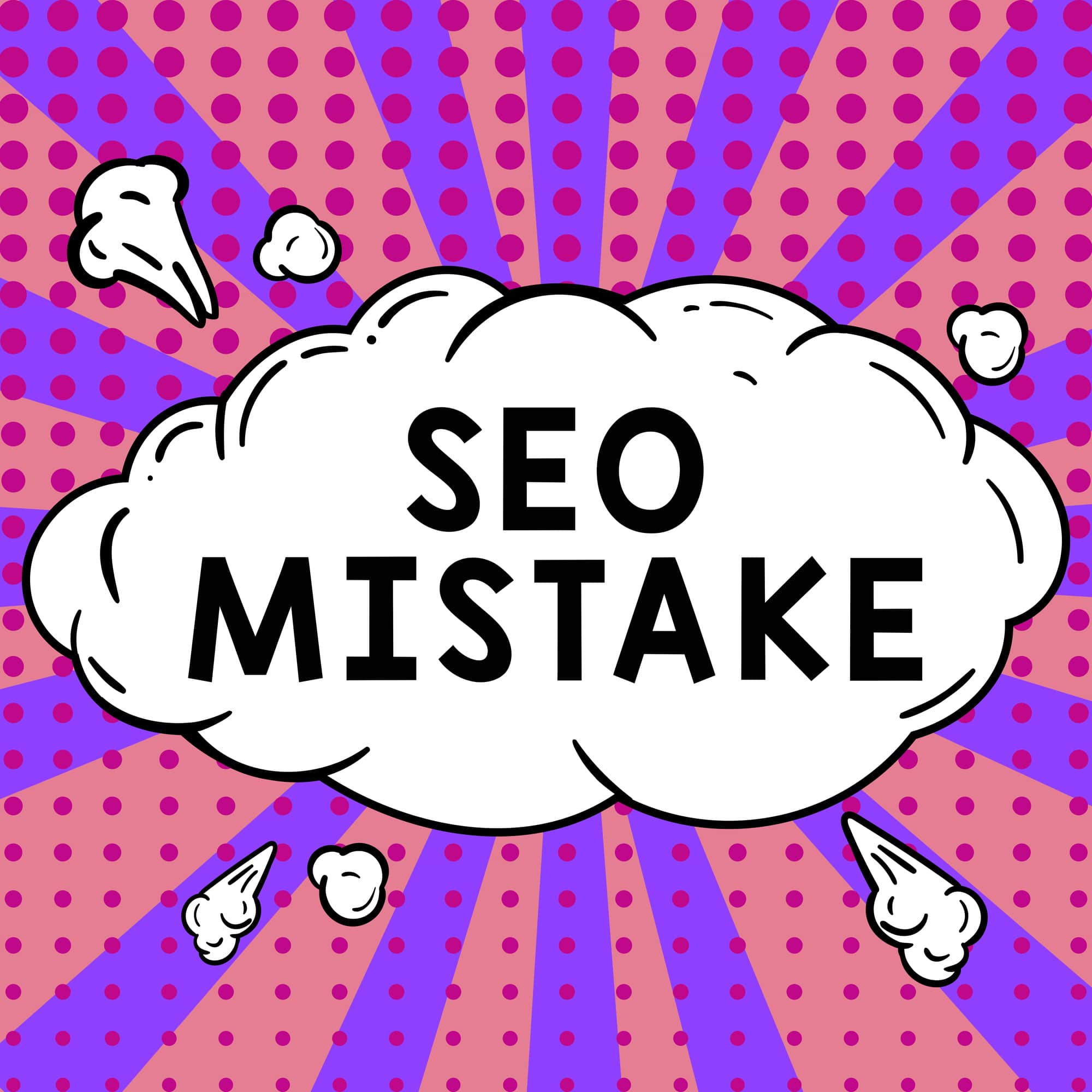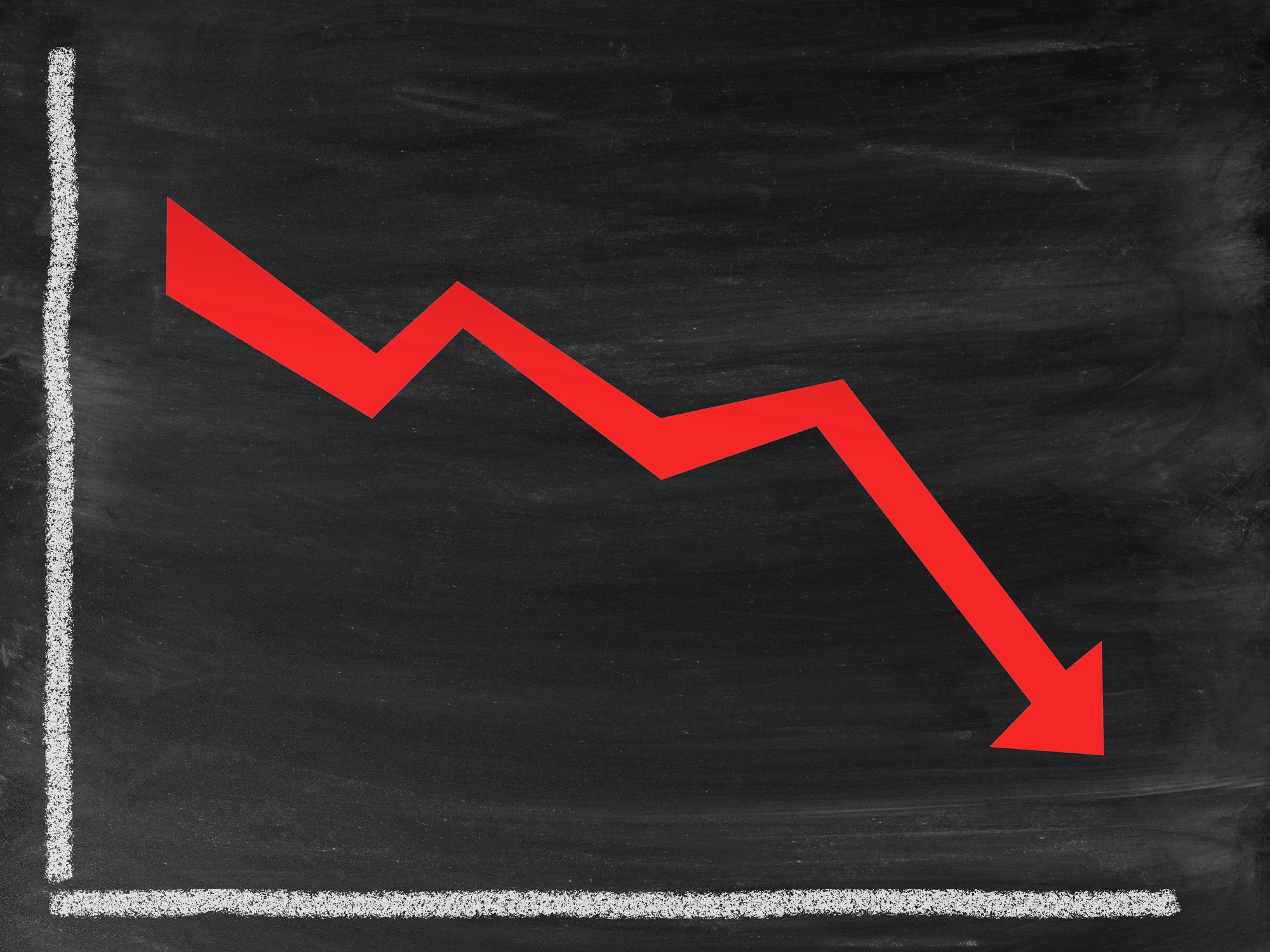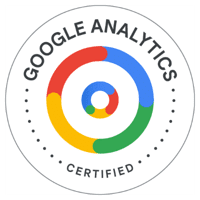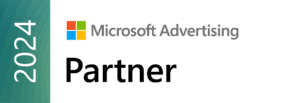You’ve heard the adage “the web is visual” and the emphasis that has to be placed on good photos and imagery. But unless you’re in SEO circles, you may not have heard that there are a lot of implications for search engine ranking with the images you put online. Image SEO is a big deal for your business—depending on how well you manage it, image SEO can either give you a big lift in organic traffic or it can become a major drag on your digital presence.

How to Optimize Your Images for SEO
As the Hippocratic Oath used to say to doctors, the first step is to make sure our images don’t damage SEO work and that means going to work on size. There are three areas that you need to keep an eye on…
1. Reduce the Scale
If you have a WordPress site, there’s a lot of work that gets done for you. For example, let’s say you upload a photo that has a width of 3000px—a huge photo. WordPress knows your blog is structured to have a 600px photo, so it automatically scales the photo for you.
But…WordPress still has to upload the original 3000px with each page view before scaling. That slows down the load time. And anything that slows down your page’s loading time—even by a millisecond—will cost you ranking position. So don’t let WordPress do all the work—use a free photo resizer and just load the image at the size it will appear online as.
2. Check the File Format
Images online are usually one of three formats: JPEG, PNG or GIF. They all use different compression methods, which means their load times will be very different. There’s a good chance you may have to compromise on image quality in exchange for a better load time. As long as the difference in photo quality isn’t too extreme (which it usually isn’t), the tradeoff is worth it. A photo could get an A-plus grade, but that means nothing if no one sees it. You’re better off with a nice B photo that gets organic traffic.
The general recommendation is to use JPEG for standard photos, PNG for graphs and charts and GIF for anything that’s moving. A professional image editor will enable you to save your image in whatever format you want. There are also free tools that will allow you to convert formats.
3. Compress Your Images
Compression enables your image to be served in the smallest size possible. This is similar to scaling, in that it reduces the load time, but it is still a separate process. Think of it this way—if you were dealing with an actual person, scaling would adjust their height. Compression would lower their weight.
Compressing an image is easy—just use this free tool, drop the image in and you’re done. Your image will have lost its weight. If only losing weight were that easy for the rest of us!
Optimizing Image Text Attributes
Following these three steps will make sure that your images don’t hurt your SEO. Now let’s move to the positive side. Your images can now be used to give you a competitive edge in the race for search engine ranking.
File Name
Some search engines read your image file name in order to learn more about what the image is about. Keep the file name fairly short (it isn't your alt tag!), and use dashes instead of spaces if it's more than one word.
Title
Your image probably has a preassigned title from wherever you downloaded it from. You can go into your content management system and re-write the title. Try to include the keyword you’re targeting on the page you're adding your photo to.
Alt-Tag
Your alt tag is what shows up on the page if the image doesn't load for some reason, so it should describe the image as best as it can. Alt tags are also used for screen readers, so they shouldn't be too lengthy (many screen readers stop after a certain number of characters). You should ensure all of your images have alt tags in order to be ADA compliant. A technical SEO audit can help you find images that are missing alt tags on your website.
Search engines also use alt tags to understand what the image is about, which is where the image SEO optimization piece comes in. If it makes sense (and only if it makes sense), you can use your main keyword and try to describe the image in a full sentence.
If you need more than a sentence to describe the image (say, if it has a lot of text on it), it might be better to put that information in the body of your content.
Caption
The caption will be visible to readers of the website, but you can still use your keyword and use the caption space to add to the overall quality of the content.
There’s considerable redundancy in the intertwining areas of title, alt-tag and caption. But don’t let any of them slide. They are all valuable SEO real estate. While visitors to the site will only see the caption, search engine crawlers will read all three, and they’re all an opportunity to communicate exactly what your content is about.
Choosing the Right Photos
We’ll end by returning to the beginning—and that’s with the selection of your photo. Make sure it’s relevant to the topic it’s being associated with and the keyword it’s optimized for. Search engines are getting better and better at discerning what photos are about. A photo that’s irrelevant to the keyword won’t help your cause and may hurt it. Ideally, you should also place the photo closest to the text within the page that’s most relevant.
Photos remain a great opportunity for search engine gains, in addition to their visual appeal. You just have to follow some very basic protocols to avoid penalties and gain credit.
More Image SEO Strategies
If you'd like more help with image SEO or would like information on a complete SEO strategy, reach out to the team at periscopeUP. We'd love to help your business succeed! Give us a call at (443) 475-0787 or send an email to info@periscopeup.com.







